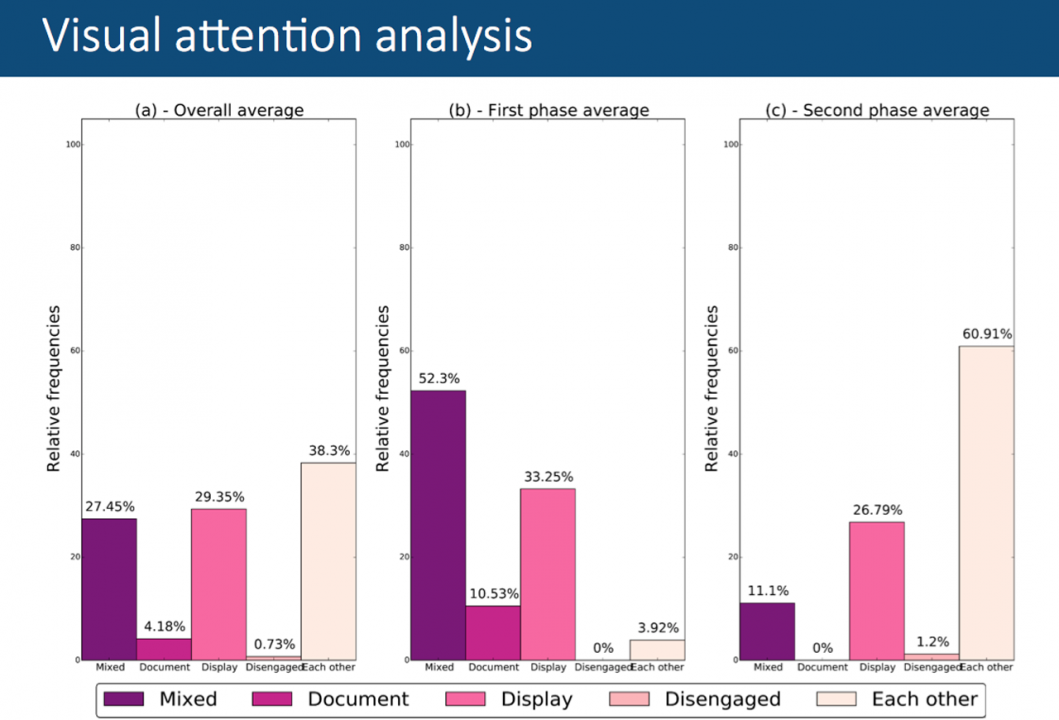|
|
||||||||||||||||||
Large Multitouch Vertical Displays in Multi-User Competitive Tasks
Participants: Davide Tantillo
Thesis Presentation Wednesday, March 30, 2016, 1:00 PM Room 2068 ERF, EVL Cyber-Commons EVL MS candidate and Italian exchange student, Davide Tantillo presents his research in human-computer interaction on large vertical displays. Large vertical displays are starting to spread around different realities. Exhibitions, fairs, workplaces, and often schools and universities are employing them for their capabilities. They have very wide resolutions capable of hosting a lot of information at the same time. Furthermore, they are connected to internet where - it is easily known - an infinite quantity of information is immediately usable. However, it is not easy to exploit efficiently these resolutions, but disciplines such as Data Visualization are currently studying how to present information on these devices. Another important topic about large vertical displays is how users should interact with them. Mice and keyboards, touch detection systems, or other strategies can be employed. There is no winner among them and their preference depend on the application. However, no precise guidelines are present on how use them and on how provide an interface for large vertical displays with these input systems. Lastly, lack in the literature of large displays is that we do not know how people behave using them. There are some interesting studies, but they are limited and often neglect the existence of wider conclusions, leading to divergent conclusions. This research studies the behavior of humans in a collaborative-competitive task using a large vertical display with multi-touch capabilities. More precisely, the proposed task is the scheduling session for the talks in a scientific conference. Given this task and studying users is designed to better understand how people interact with the display and with one another as a group. We will code and analyze characteristics such as the group’s verbal communication, visual attention, shape and the users’ proximity to the display. Eventually, the set of codes will be combined to understand if some are connected towards better understanding user behavior. Email: dtanti2@uic.edu Date: March 30, 2016 Document: D. Tantillo Thesis Prsentation Slide Set |